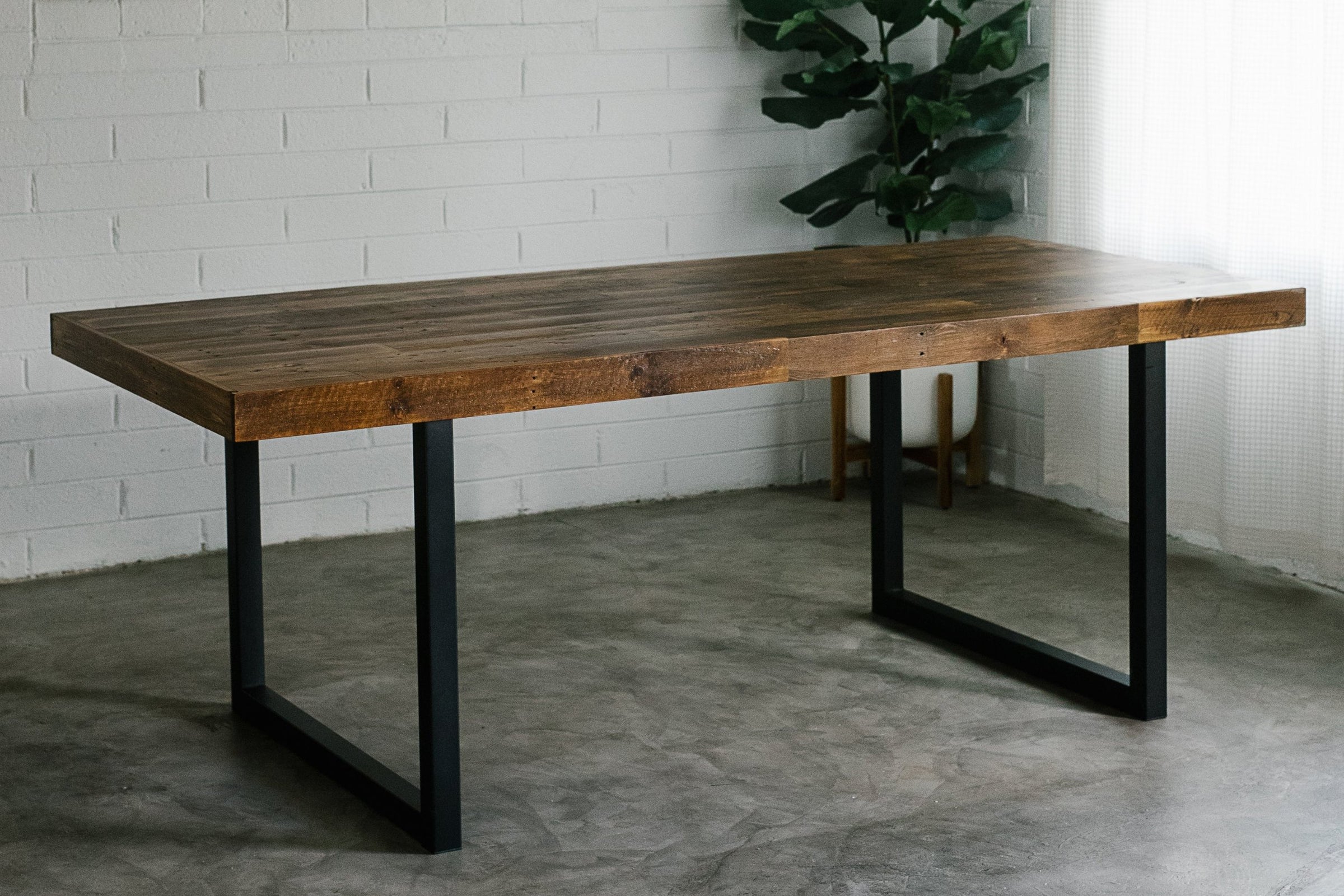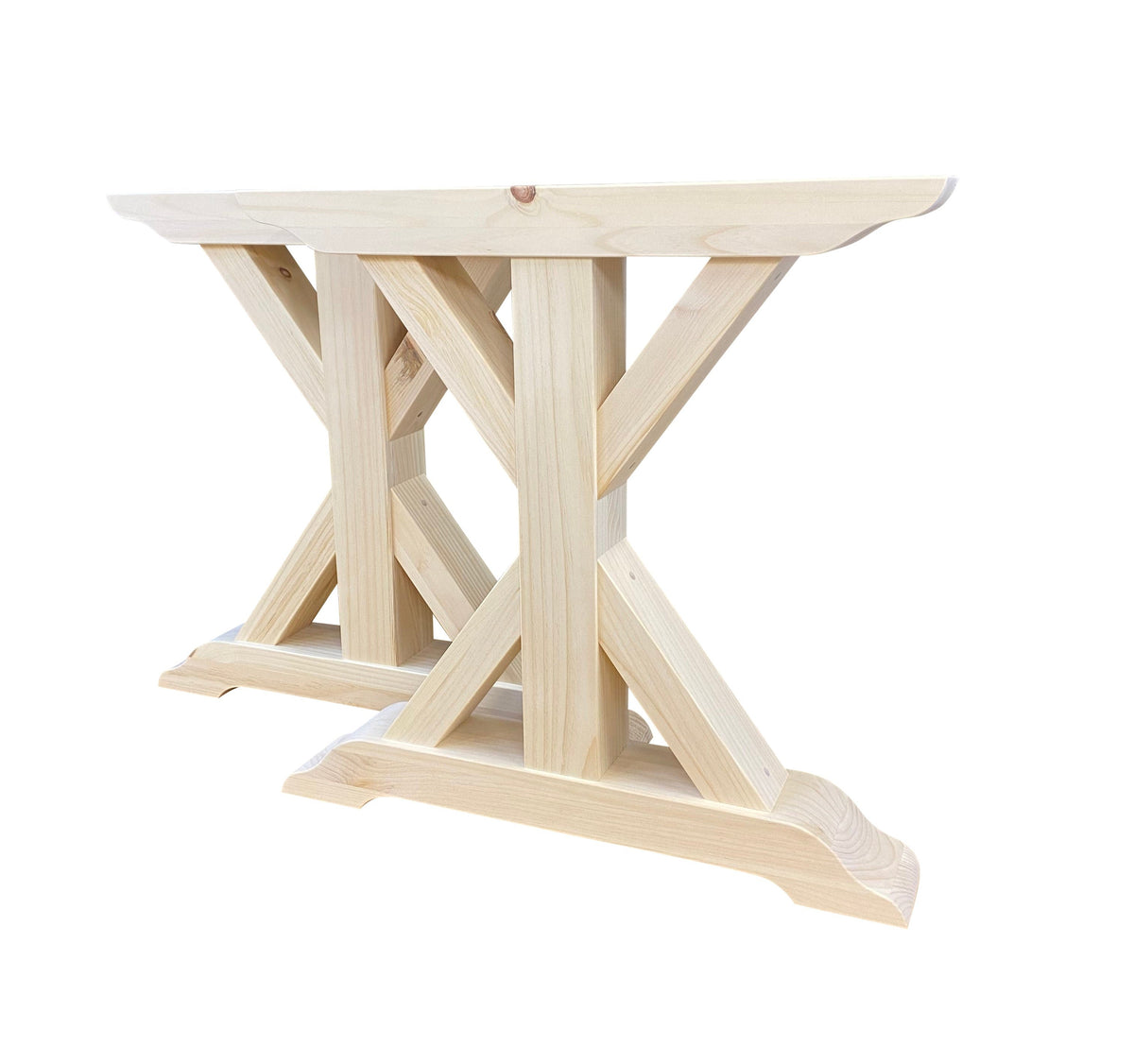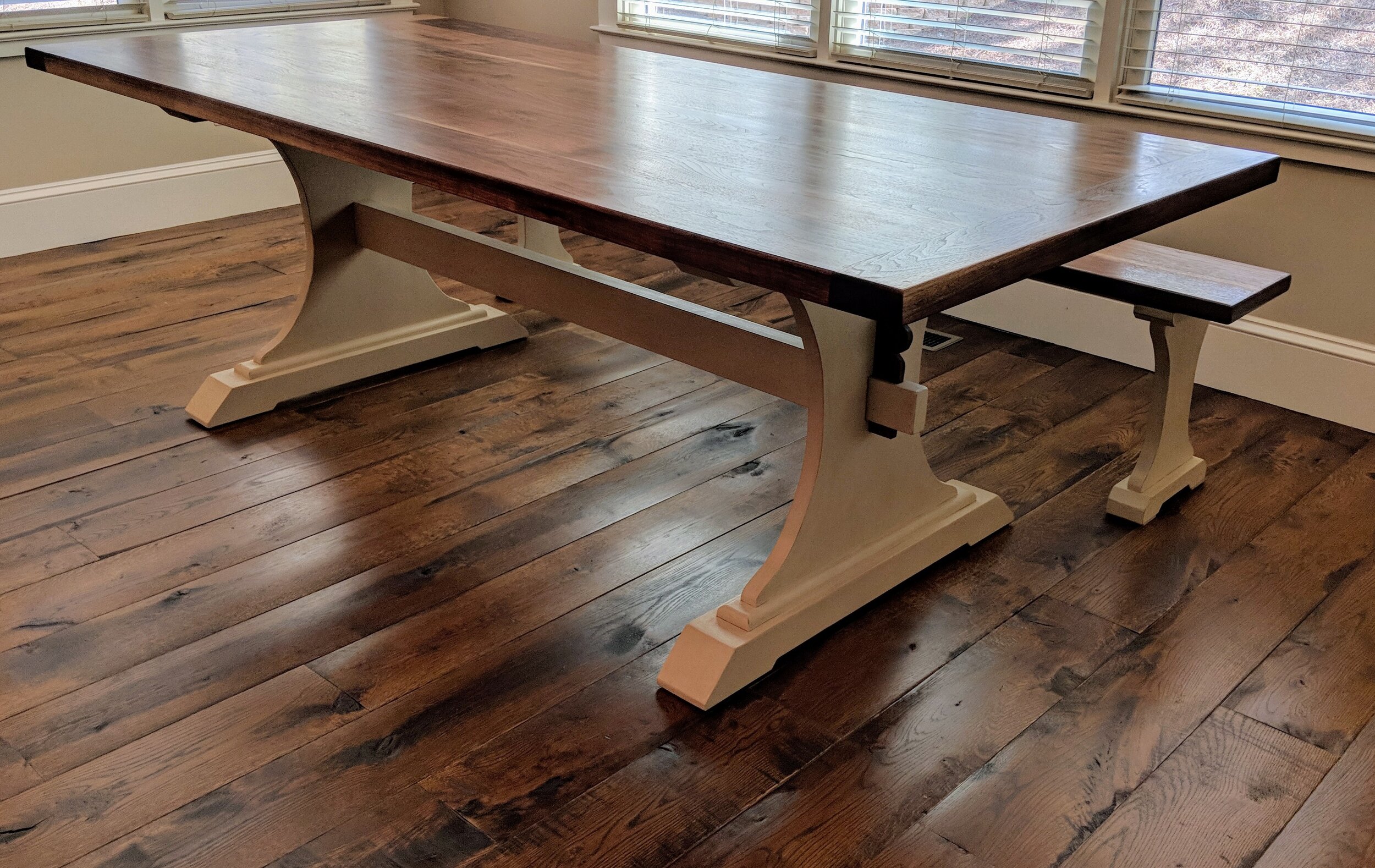Strong and Fashionable Choices for Resilient Dining Table Legs Wood Solutions
Discovering the Various Kinds Of Table Legs Timber for Your Dining Space
The choice of eating table legs timber can profoundly impact both the useful and visual qualities of your dining space. Solid wood options, such as oak and walnut, offer a timeless appearance with unparalleled sturdiness, while crafted timber choices supply cutting-edge layouts that resemble the splendor of all-natural grains.
Strong Timber Options

Unlike crafted materials, solid wood is much less susceptible to warping and damage over time when effectively kept. Each item of strong timber is distinct, showcasing specific attributes that add to the charm and personality of the dining table.
In addition, strong timber can be finished in countless ways, ranging from all-natural oils to stained coatings, enabling house owners to individualize their furniture to match their decor. In summary, selecting strong wood for eating table legs not just makes certain architectural integrity however also improves the visual allure of the eating location, making it a beneficial investment for any kind of home.
Engineered Timber Alternatives

Plywood, created from several layers of wood veneer, is especially solid and secure, making it an excellent selection for dining table legs. Its split composition enables it to hold up against adjustments in moisture and temperature better than conventional solid wood. MDF, on the various other hand, offers a smooth surface for paint or veneering, allowing designers to achieve a sleek look while preserving structural stability.
When picking crafted timber options, it is vital to think about the desired usage and preferred aesthetic. These products not just enhance the capability of eating rooms yet likewise enable for better design flexibility, ensuring that typical and contemporary styles can exist side-by-side sympathetically.
Reclaimed Timber Includes
Recovered wood offers an one-of-a-kind mix of sustainability and personality, making it a significantly prominent option for eating table legs. Sourced from old barns, factories, and other frameworks, reclaimed timber personifies a background that new products just can not replicate. Each piece brings its very own tale, noted by distinctive flaws, knots, and varying grain patterns, which contribute to a table's special aesthetic allure.
In enhancement to its visual charm, reclaimed timber is an eco-friendly alternative. By repurposing formerly used materials, it reduces the need for new lumber, hence aiding to preserve forests and reduce waste. This straightens with an expanding consumer choice for sustainable practices in home furnishings.
Furthermore, recovered wood is commonly much more long lasting than newly harvested wood because of its age. The all-natural drying out process that reclaimed timber goes through lead to a denser and stronger material, making it much less prone to warping and splitting. This enhances the durability of eating tables, allowing them to hold up against the roughness of day-to-day use.
Softwood vs. Hardwood
When choosing table legs, understanding the distinctions between softwood and wood is critical for achieving both useful and aesthetic objectives. Softwoods, derived from coniferous trees, such as pine and cedar, are identified by their lighter weight and ease of manipulation. They commonly exhibit a more rustic look, making them appropriate for informal or country-style eating spaces. However, softwoods are generally much less sturdy than woods, which can be a consideration for families or those looking for long life in their furniture.
On the other hand, woods, visit this site right here sourced from deciduous trees like maple, cherry, and oak, are renowned for their density, toughness, and longevity. The detailed grain patterns and abundant tones of woods offer a ageless and innovative allure, making them optimal for formal eating setups. While hardwoods have a tendency to be more pricey and much heavier, their strength versus deterioration frequently justifies the sites investment.
Eventually, the option between softwood and hardwood for dining table legs should align with your style vision, use needs, and budget plan, ensuring that your dining room mirrors your personal design while remaining functional gradually.

Coatings and Therapies
The aesthetic allure and longevity of eating table legs can be considerably improved through various finishes and therapies. These processes not just shield the wood from damage but also elevate its appearance, allowing it to complement diverse interior styles.
One common treatment is staining, which passes through the wood and improves its all-natural grain while including shade. Discolorations offer an abundant, classy look, allowing home owners to match their furnishings with existing design. On the other hand, clear surfaces such as polyurethane or varnish develop a protective layer without altering the timber's original tone, making certain toughness against damage.
Additionally, all-natural oils, like tung or linseed oil, nurture the wood and offer a subtle shine, all while being environment-friendly. These oils enable the surface area to take a breath, preventing dampness accumulation and possible basics bending.
For those seeking a rustic beauty, distressed or weather-beaten coatings can be put on develop an aged look, adding personality to the piece. Inevitably, the selection of surfaces and therapies depends on individual choice, desired appearances, and the particular timber type, making it necessary to think about these factors when selecting eating table legs for your room.
Conclusion
To conclude, the selection of dining table leg products significantly affects both the visual and useful aspects of an eating room. Solid woods, crafted alternatives, and recovered options each offer unique advantages, providing to various preferences and demands. Recognizing the distinctions in between hardwoods and softwoods, together with appropriate coatings and therapies, permits educated decision-making. Eventually, the choice of wood kind must straighten with wanted style, toughness, and ecological considerations, boosting the overall eating experience.
The selection of eating table legs wood can greatly affect both the useful and aesthetic high qualities of your eating space - Dining Table Legs Wood. Strong wood alternatives, such as oak and walnut, offer a classic appearance with unequaled resilience, while crafted wood alternatives use innovative layouts that imitate the splendor of all-natural grains. Strong timber supplies an ageless quality that can boost the general design of a dining area. Each item of strong wood is unique, showcasing private characteristics that add to the beauty and character of the eating table
Additionally, reclaimed timber is typically much more long lasting than recently gathered wood due to its age.